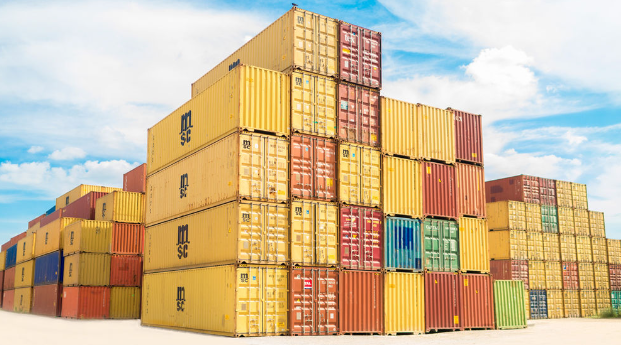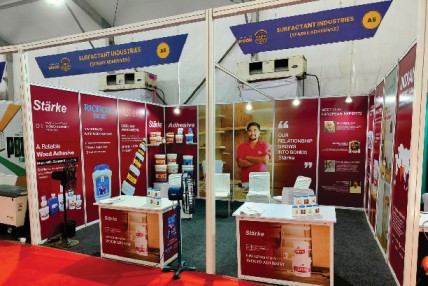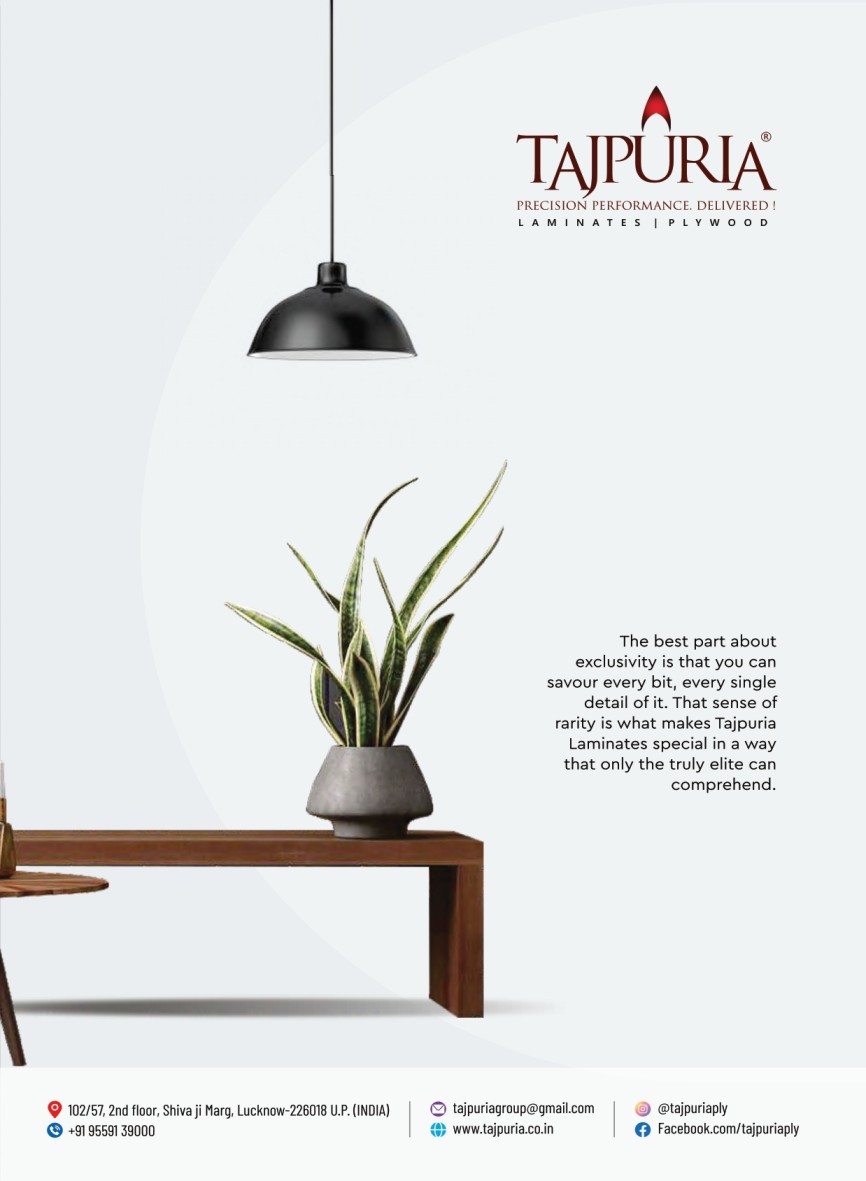
Changing Global Trade Landscape
- November 28, 2023
- 0
The world of global trade is going through significant changes. The governments of the United States and the European Union have shifted their focus towards industrial policies rather than trade policies. They are giving priority to local production and employment instead of adhering to the rules of the World Trade Organization (WTO).
The U.S. government, for instance, is imposing non-tariff barriers and providing substantial subsidies to boost domestic production. The European Union is also using climate concerns to justify new import barriers. There are economic stability and political dominance risks associated with open trade. This represents a new approach.
Initially, the United States encouraged outsourcing manufacturing to increase company profits, emphasizing that business should prioritize their bottom line. However, these unexpected consequences have led to China emerging as the world’s manufacturing hub.
While considering China a threat to American technology and military dominance, the United States initiated countermeasures. They imposed high import tariffs on many Chinese imports, but this wasn’t the only strategy to rein in China. Alongside this, the United States also began an extensive program of reindustrialization, which included incentives for domestic production. This marked a significant departure from its industrial policy, which had favored open trade from 1970 to 2015.
The European Union was not far behind. In the year 2023 alone, it implemented five significant regulations, with the key ones being related to logging regulation and a law tied to the Carbon Border Adjustment Mechanism. These regulations are expected to have a contrary impact on global trade in agriculture and industrial goods. The European Union provides substantial subsidies to its farmers and industries, while also seeking to scrutinize subsidies provided by other countries.
In these changing circumstances, how can India safeguard its interests? Despite all its shortcomings, India has the potential to emerge as a significant player in this new manufacturing order, which has the support of the United States.






























































